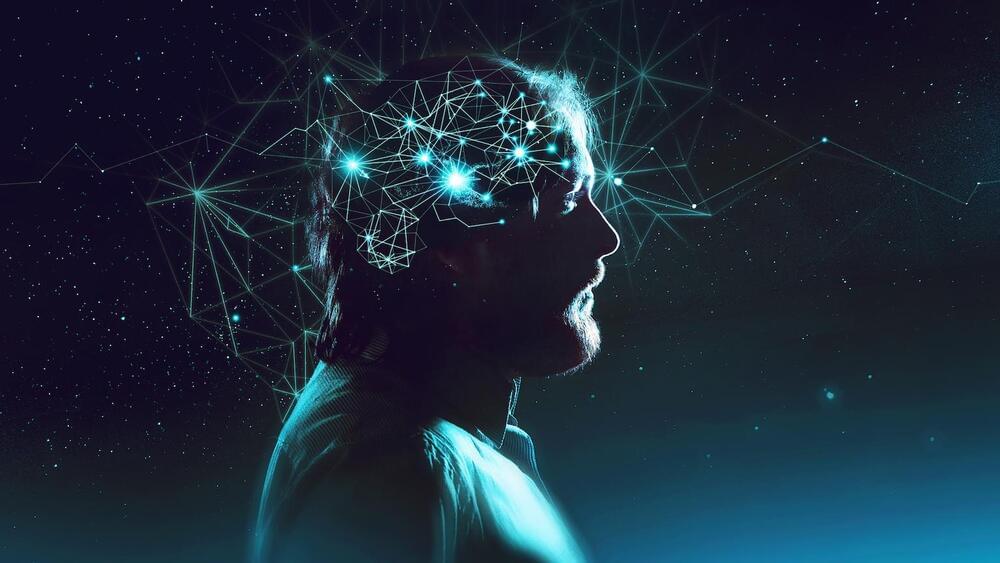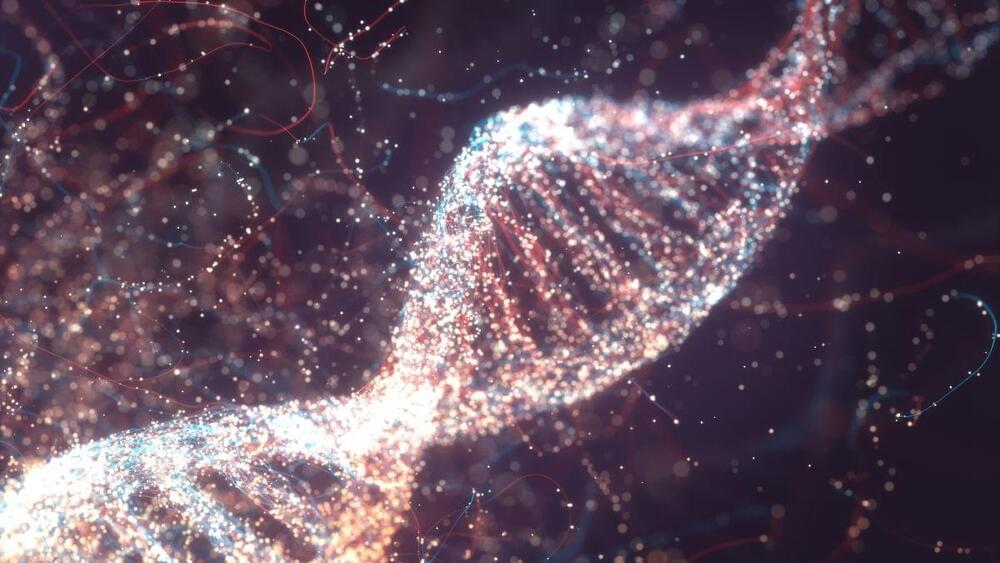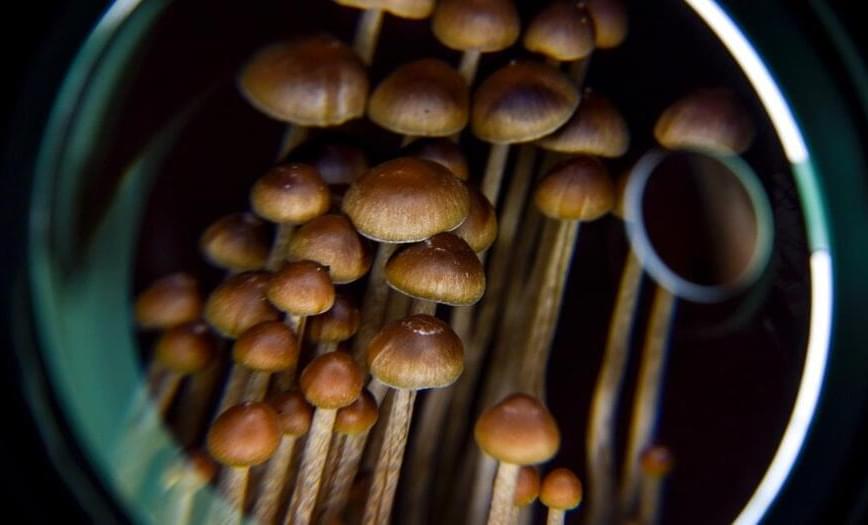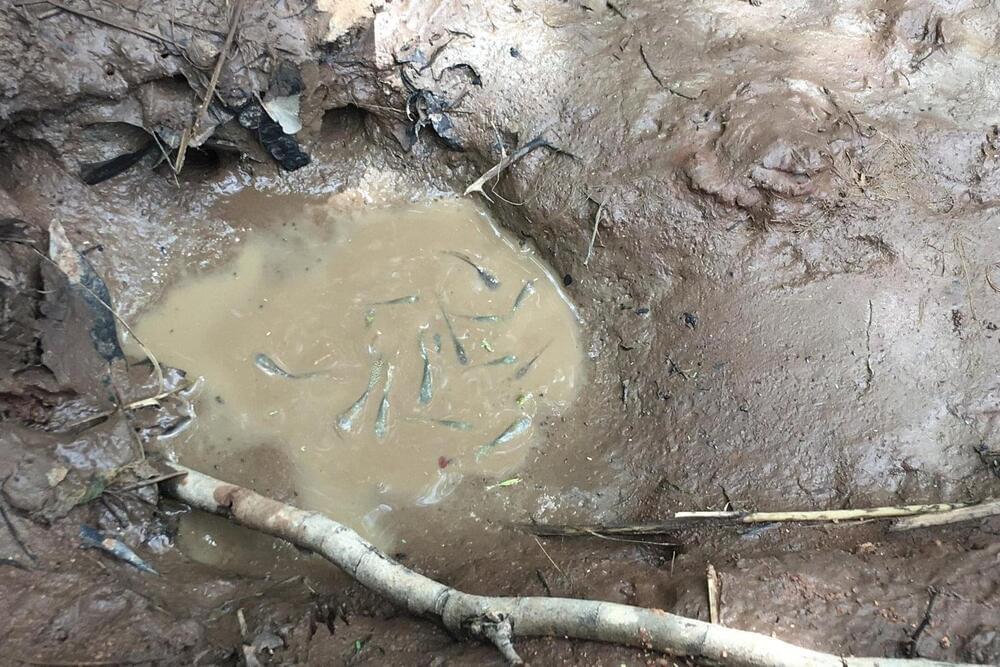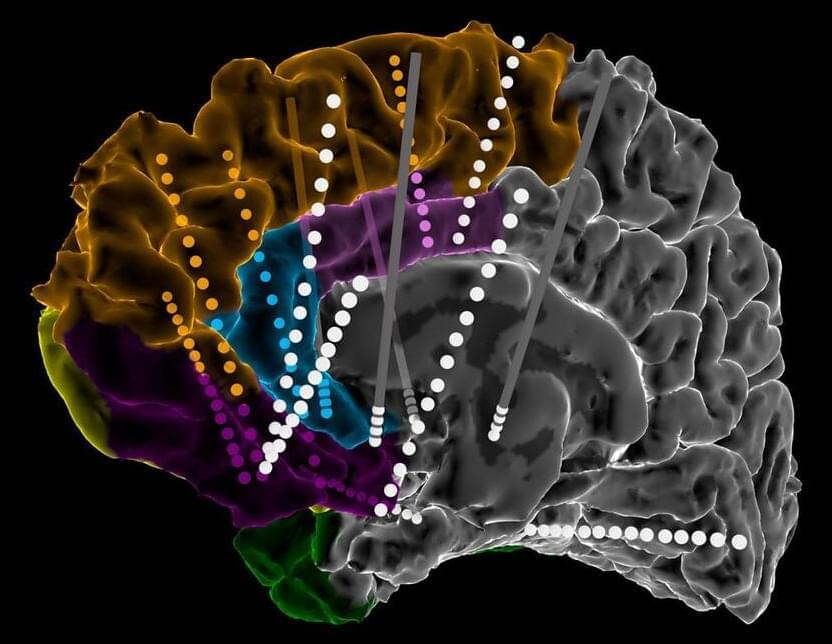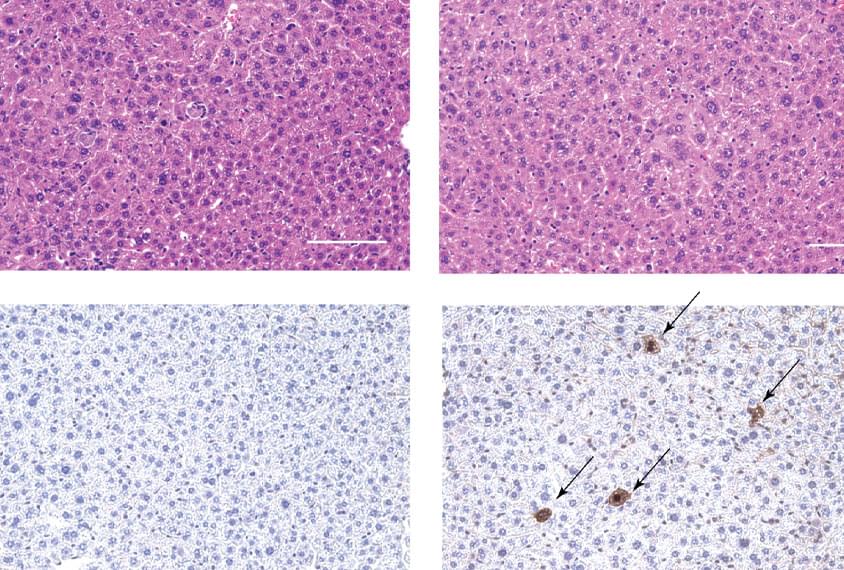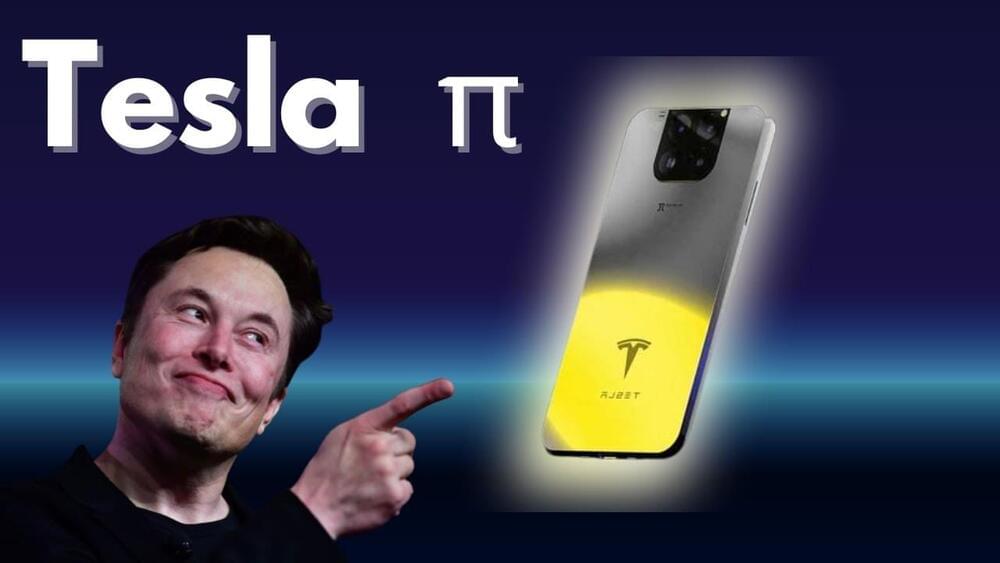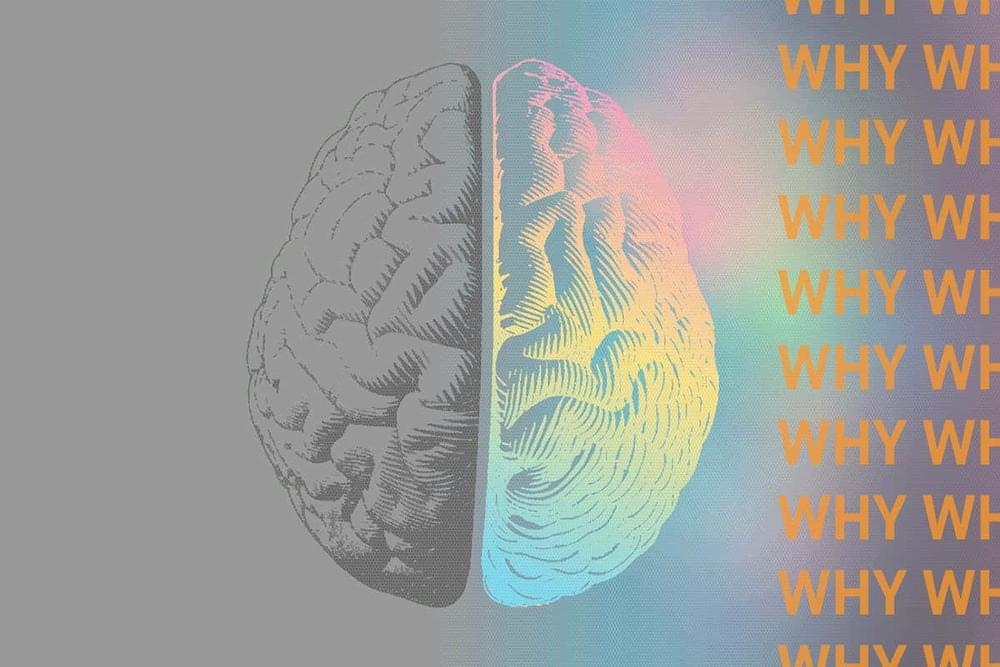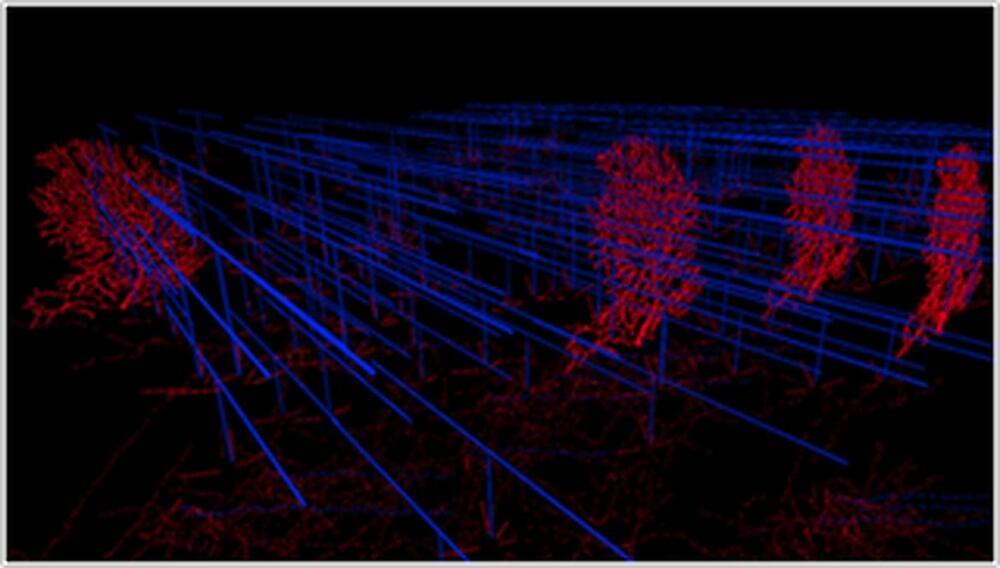Nov 24, 2021
Can quantum mechanics explain consciousness?
Posted by Jose Ruben Rodriguez Fuentes in categories: neuroscience, quantum physics
Well beyond Descartes and his mind-body duality, new questions have emerged that are as exciting as they are nebulous: Does quantum physics play a role in how the brain works? Or, more profoundly, is the mind, viewed as a collection of possible brain states, sustained by quantum effects? Or can it all be treated using classical physics?
There is nothing better than mixing two great mysteries to produce an even bigger one.
